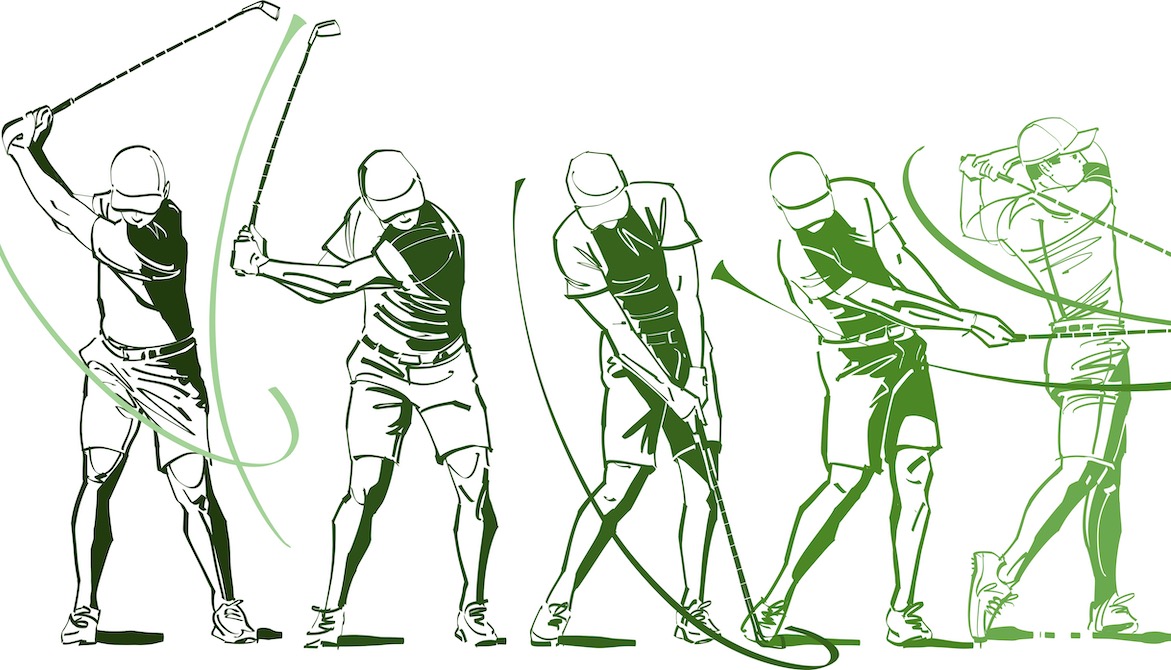4 minutes
It improves with targeted, active development. These six disciplines can help.
We live in an uncertain world. Credit unions must deal with increasing levels of volatility, uncertainty, complexity and ambiguity. Navigating this environment requires strategic thinking and strategic leadership. Yet in several research studies, senior leaders cite strategic thinking as the No. 1 gap on their leadership teams.
So, while it is a key skill for credit union leaders to develop as they progress in their careers, strategic thinking is not consistently or clearly defined. The best that some people have come up with is knowing how “to skate to where the puck is going to be.”
Even though strategic thinking can be hard to define, it is still critical to actively work on improving it. Being strategic does not automatically improve with age, experience or even educational level. Just being around a long time doesn’t make a leader strategic. Instead, strategic thinking is more like a golf swing, in that it only improves with targeted, active development.
So then, what does it mean to be a strategic leader in today’s environment? Before reading about the six disciplines of strategic thinking, please take a few minutes to consider what you think it means to be a strategic leader. In particular, what do you believe are the top two or three qualities of strategic leaders? Also, can you identify two or three leaders you would consider strategic? And how do you think leaders need to operate differently to become more strategic.
Once you've thought about this for a few minutes, read on.
Strategic Thinking Discipline No. 1: Anticipate
The first discipline of strategic thinking is being able to anticipate what’s coming next. How can we scan wider so we can see things sooner? How can we more proactively monitor the market environment and changes that are happening both inside and outside our industry? Leaders such as Jeff Bezos and Elon Musk today, just like Steve Jobs before them, have had the insights to anticipate where the future was headed and jumped ahead of the curve by setting up a business model to capitalize on that future.
Strategic Thinking Discipline No. 2: Challenge
The second discipline is the discipline to challenge — looking in the mirror to challenge your own mental models and opening the window to bring in alternative perspectives. We need to do a better job at questioning organizational and industry-wide assumptions that others might take for granted.
An example of a leader with the courage to challenge is Pope Francis, who upon being named Pope set about to challenge the culture of a 2,000-year-old ossified institution and instituted major changes that his predecessors were either unwilling or unable to make.
Strategic Thinking Discipline No. 3: Interpret
Strategic leaders need to amplify weak signals and connect the dots—that is, connect multiple data points in new, insightful ways to make sense of complex, ambiguous situations. An example of this is Charles Holliday, CEO at DuPont during the Great Recession. Holliday saw the recession coming before his peers did, because he was able to put together weak signals he was seeing in disparate parts of his organization – from Japanese customers, from his customers in Detroit, from the manager of the Hotel DuPont, and from his General Counsel. After synthesizing these inputs and realizing that something was afoot, Holliday made bold moves that allowed DuPont to mitigate the damage from the impending Great Recession.
Strategic Thinking Discipline No. 4: Decide
Strategic leaders embrace a mindset of optionality in their decision-making, seeking multiple options to ensure flexibility and agility. They also show courage in being decisive once they strike those options and take ownership of the outcomes.
Strategic Thinking Discipline No. 5: Align
Strategic leadership means rallying key players and bridging differences between them. This is done by engaging stakeholders to understand their change-readiness, manage differences between them and create buy-in. Tony Shea, CEO of Zappos, achieved this by creating an organization aligned around a strong corporate culture.
Strategic Thinking Discipline No. 6: Learn
The most effective strategic leaders experiment widely and extract learnings from these experiments. They develop a deep culture of lessons learned to continuously reflect on successes and failures, in order to improve performance.
Sara Blakely, founder of Spanx, is a good example. On Fridays at the dinner table when she was growing up, her dad would ask her, “Sara, how did you fail this week?” She learned at a young age that you can learn tremendously from failures. And that sense of resiliency allowed her to overcome early failures before founding her highly successful start-up.
Even before the pandemic, the world was highly unpredictable and complex. While the average longevity of S&P 500 firms in the early 1900s was close to 75 years, today, it’s 15 years—and the average longevity of their CEOs is just four and a half years. Such an environment presents major leadership challenges—and highlights the need for leaders to become able strategic thinkers. These six disciplines will help you develop your skills in this important area.
For a deeper look on this topic, see Winning the Long Game: How Strategic Leaders Shape the Future by Steven Krupp and Paul JH Schoemaker.
Dr. Roch Parayre is founder/CEO of Strategique, a boutique strategy consultancy, and a teaching fellow in executive education at the Wharton School, University of Pennsylvania. If you’re ready to develop better decision making, strategies and plans to navigate change and sustain growth, contact CUES at pands@cues.org for more information.









